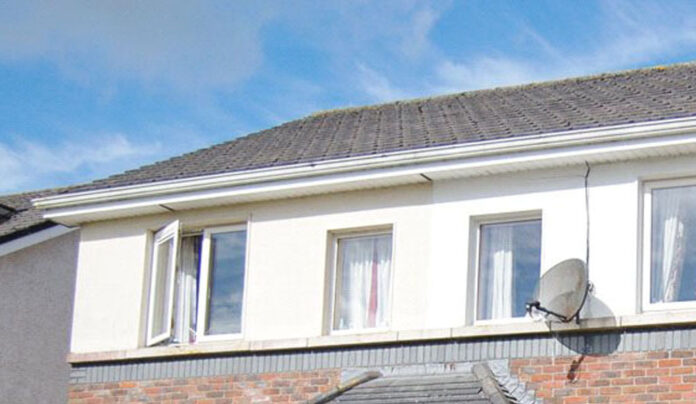THE average property price paid in Clare in the 12 months up to June 30 was €133,215, according to the latest GeoView report.
This price is well below the €232,862 average for the Republic of Ireland as a whole. It is also well below the average of €168,078 for the counties, excluding Dublin.
The GeoView report also shows that there were 1,061 transactions during the 12 months, representing slightly less than 2% of the total residential stock in Clare. Around 88 of the transactions were new dwellings.
The report shows that the total stock of residential dwellings in the county increased by 0.5% over the course of the year. The overall vacancy rate in residential property in Clare last year was 19.9%, the seventh highest of the 26 counties in Ireland.
GeoView shows that 3.5% of Clare’s residential stock consists of apartments. While this is well below the average of 9%, the average is distorted by Dublin, where the figure is almost 22% and more than twice as high as the next county.
The GeoView report is produced by GeoDirectory, which was jointly established by An Post and Ordnance Survey Ireland to create and manage Ireland’s only complete database of commercial and residential buildings.
The figures are recorded through a combination of the An Post network of 5,600 delivery staff working with Ordnance Survey.
In a statement accompanying the report, it states that there is a noticeable urban/rural divide in terms of housing.
“The greatest concentration of dwellings per 1,000 of the population occurred in Leitrim (574), possibly reflecting the fact that Leitrim had one of the lowest rates of population growth in Ireland since Census 2011.
“In terms of dwellings per square kilometre, economically prosperous and commuter belt counties such as Kildare (48 dwellings per square kilometre) tended to score above the national average (29 dwellings per square kilometre), due to the high demand for housing in these areas, while lower figures were recorded in more rural counties, such as Clare (18 dwellings per square kilometre) and Sligo (19 dwellings per square kilometre), as these areas will have large segments of land with very few housing units.”
Commenting on the findings, Annette Hughes of DKM Economic Consultants said, “This is the fifth comprehensive report about the residential building stock of its kind to be published in Ireland.
“One key statistic that the report highlighted was that the national average housing turnover rate in the year to June 2016 was 2.1%, which was slightly down from 2.2% last year and is still well below what would be deemed to be a more normal housing turnover rate of around 4% to 5%.
“Nationally we’re seeing an uptake in construction. However, Dublin is still dominating, with 25% of homes under construction located there.”
Dara Keogh, CEO of GeoDirectory said, “By combining the GeoDirectory database with the most up-to-date figures from the 2016 CSO Census, we get the clearest possible picture of the Irish residential property market as it stands.
A native of Ennis, Colin McGann has been editor of The Clare Champion since August 2020. Former editor of The Clare People, he is a journalism and communications graduate of Dublin Institute of Technology.


